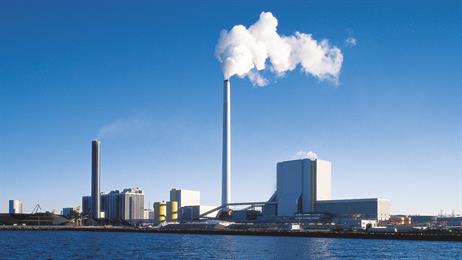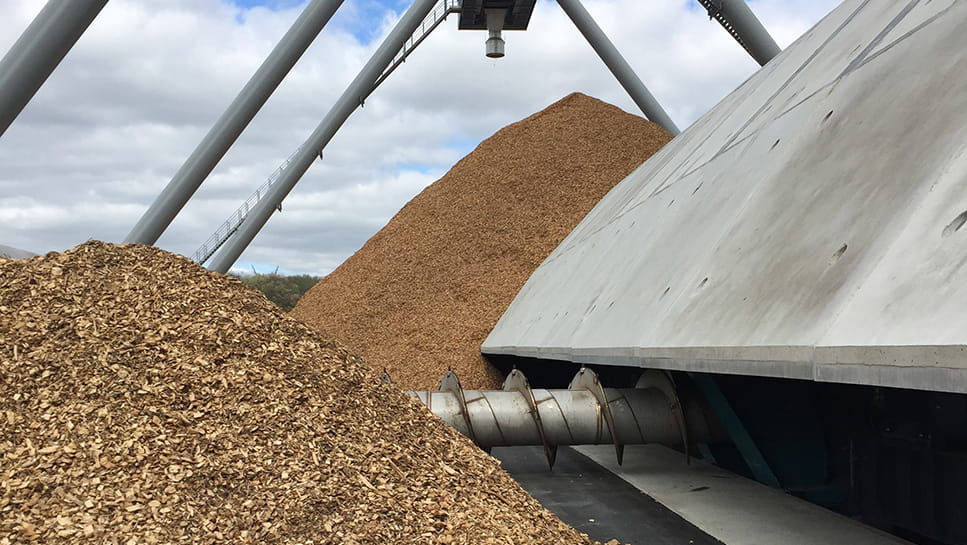
About Asnæs Power Station
• Today, Asnæs Power Station consists of two units: Unit 2 and unit 5, both of which are fuelled by coal.
• Unit 2 was built in 1961 and has a capacity of 142MW power and a total of 193MWth district heating and process steam. Unit 5 was built in 1981 and is Denmark's largest power station unit with a capacity of 640MW power and 308MWth district heating and process steam.
• Today, units 2 and 5 operate alternately to generate district heating, process steam and power. A final status for the future of the two units will be determined when the new plant is commissioned.
• The new wood chip-fired plant to be constructed will have a capacity of 25MW power and a total of 129MWth district heating and process steam.
• Unit 2 was built in 1961 and has a capacity of 142MW power and a total of 193MWth district heating and process steam. Unit 5 was built in 1981 and is Denmark's largest power station unit with a capacity of 640MW power and 308MWth district heating and process steam.
• Today, units 2 and 5 operate alternately to generate district heating, process steam and power. A final status for the future of the two units will be determined when the new plant is commissioned.
• The new wood chip-fired plant to be constructed will have a capacity of 25MW power and a total of 129MWth district heating and process steam.
